| Semester 3 | Semester 4 |
|---|---|
| Digital Methods I | Digital Methods II |
| Typography | Contextual Photography |
| Photography | History of Design/Visual Study |
| Workshop | Workshop |
| Analytical Drawing | Motion Graphics |

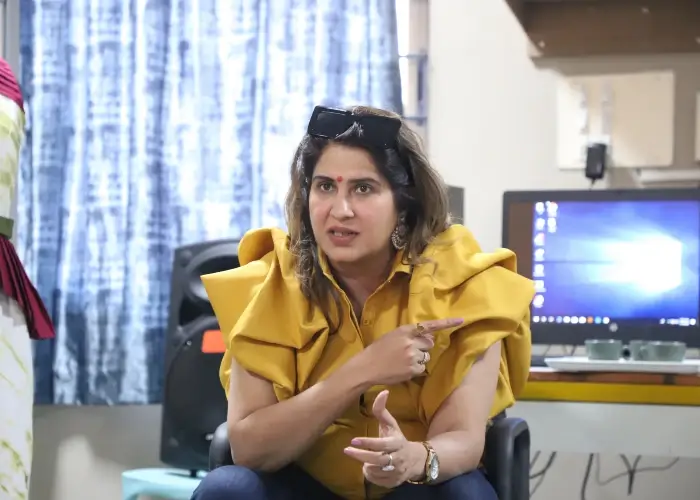
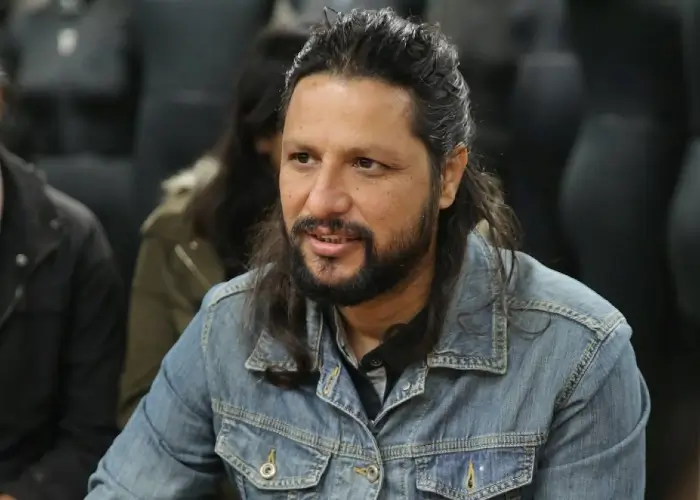
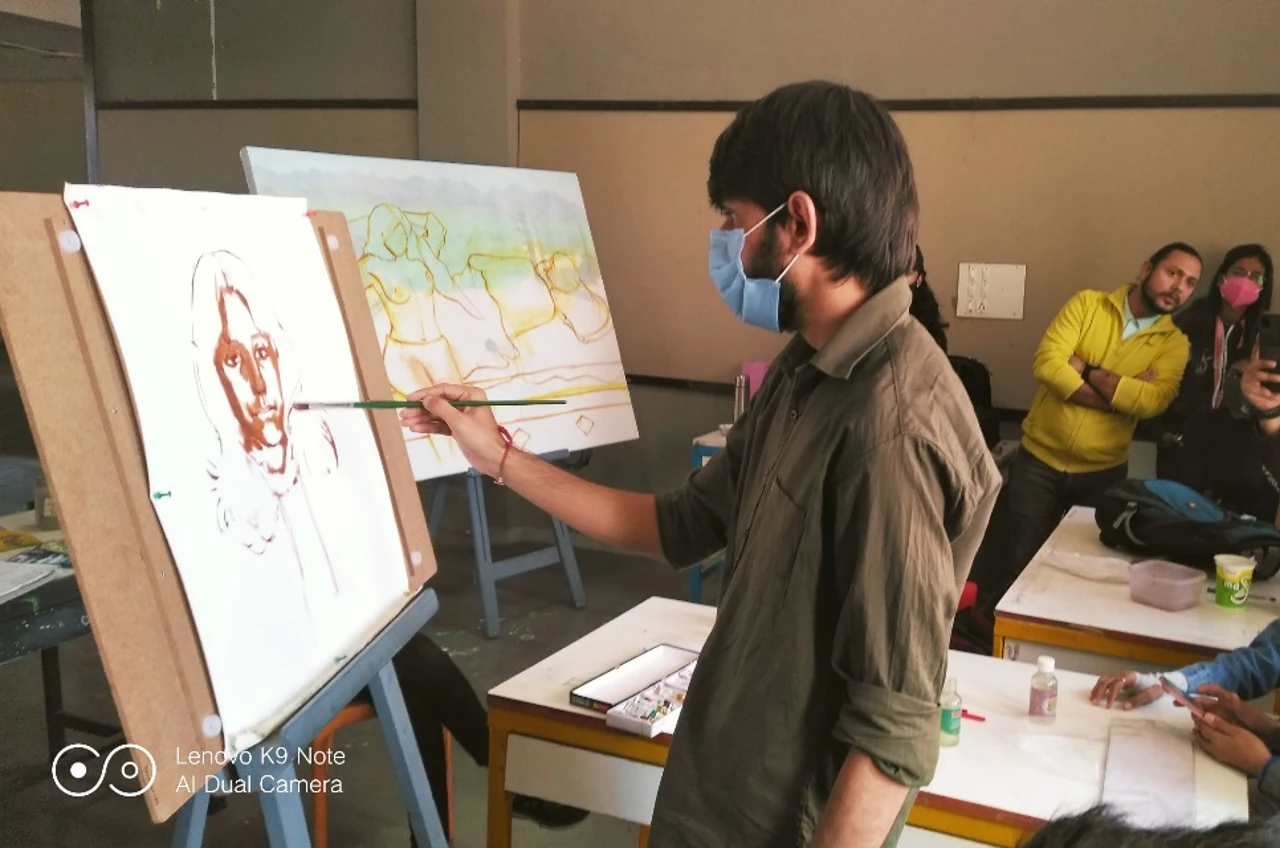
This can be for the purpose of architecture, painting, pottery, sculpture, woodworking, graphic design
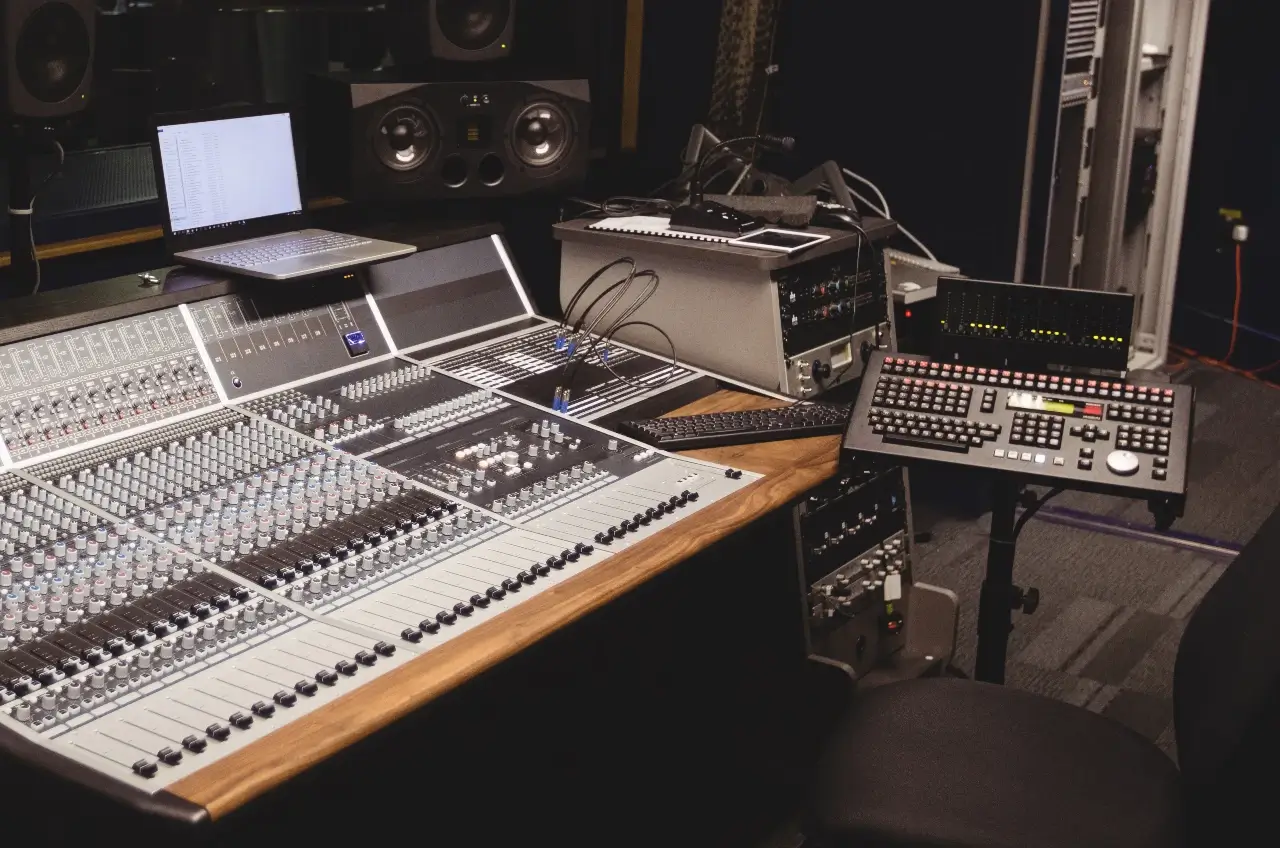
Here we can edit audio and visual material such as podcasts, interviews, etc with easy to use equipment and software.
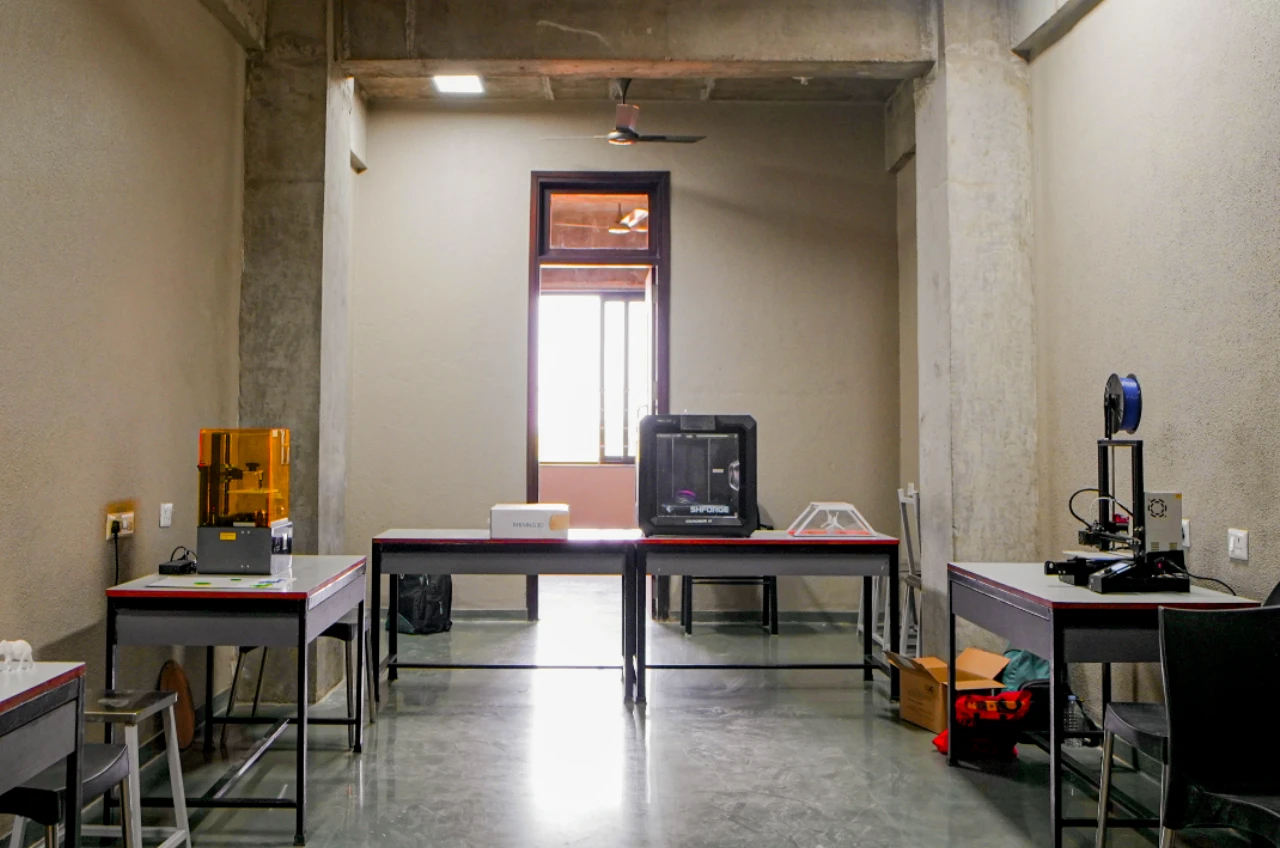
Enabling complex geometric or organic shaped parts to be designed on a computer

There are 2 Computer labs and 2 smart classes and 1 Library which are used by all Departments

- BA History, and certificate course in Maya
Specialization - Animation, VFX, and game asset development

- Bachelor in Cinematography,Diploma in Cinematography.
Specialization - Film, Animation, Visual Communication

- PG diploma in animation, Master in drawing and painting,
Specialization - Animation, Visual Communication
Marketing teams frequently confront the difficulty of devoting time and effort to producing content that does not have the desired impact. To avoid this, it is critical to developing visual communication compellingly. A diploma in visual communication course can teach you the following:
Rapid advancements and innovations in garment and accessory designs, the opportunities have become wide and varied.
A diploma in visual communication is an academic level attained by students who have completed a bachelor's program in this field. B.Des in visual communication educates students on connecting with various audiences by using visual goods such as drawings or photography.
Full-time students generally require four years to complete a degree in visual communications. Students typically study visual media, art, and communications classes while pursuing this degree. Here are some examples of careers you may take while pursuing a diploma in visual communication:

A visual designer develops graphic concepts for digital projects like websites. They assist firms with identifying their artistic identity and developing designs that match that vision. These specialists employ the brand's style to communicate consistent messaging across various goods, such as mobile applications or gadgets. They collaborate with customers to define project needs and communicate with them to guarantee a successful result./p>

Illustrators create drawings and artwork to illustrate a notion. They design graphics physically or digitally for a range of items such as newspapers, periodicals, greeting cards, internet adverts, and packaging materials. They even do textile and apparel design. They meet with clients to grasp project parameters and offer numerous sketches for approval. Many illustrators work as freelancers, while others work in education, publishing, and advertising.
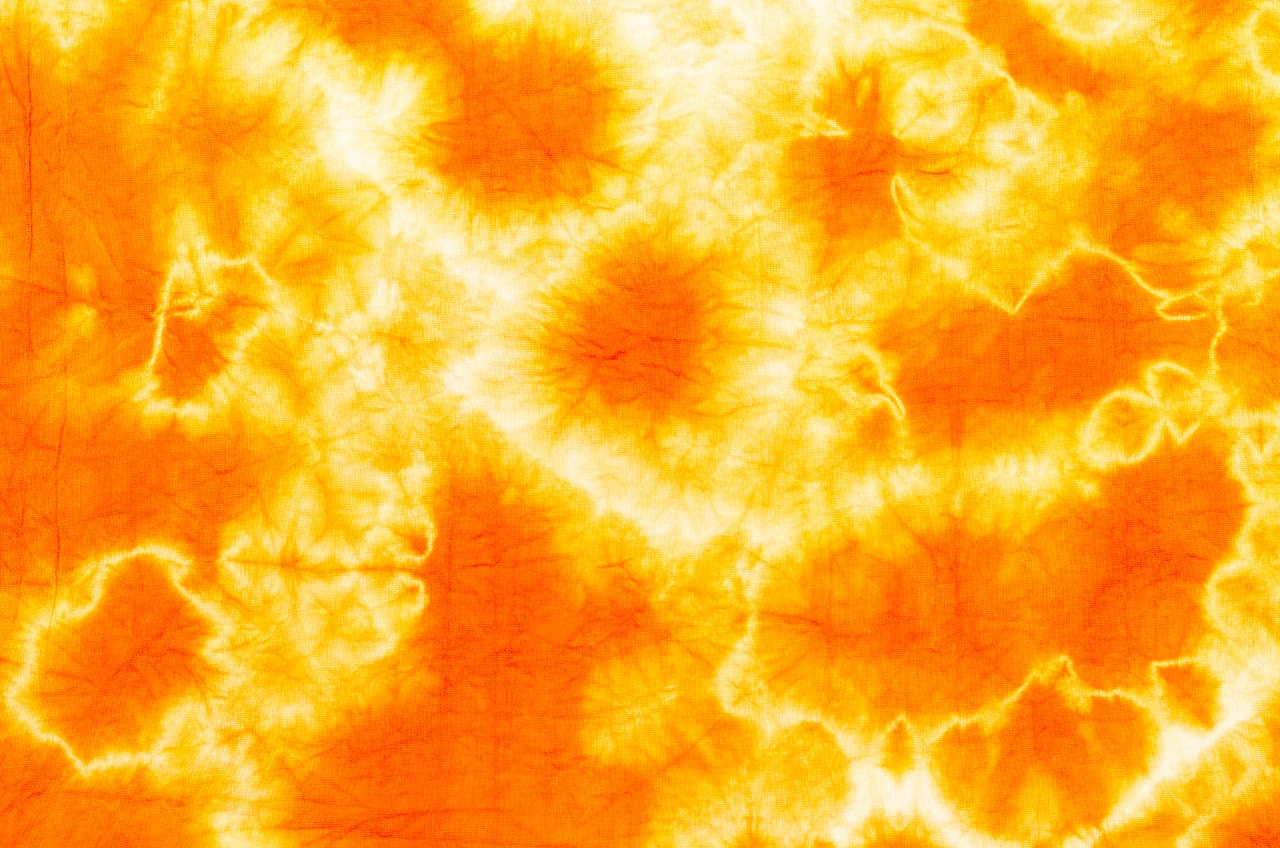
A video editor examines recorded footage and edits the information to visually express a message. They rearrange video material or mix pieces to develop an aesthetic concept for a video. Other components, such as graphics, dialogue, and sound effects, are frequently used to enhance the tale or message. Video editors employ their narrative talents and familiarity with video editing tools to achieve the project's goals. These individuals frequently work in cinema or television, radio, or marketing.

A photojournalist is a professional who uses pictures, such as photos and video, to visually communicate a narrative. They photograph locations, people, and events to chronicle a news story. These experts work as journalists to preserve neutrality during news occurrences. They improve their photographs or videos by editing them and frequently transfer their images to digital formats for internet use. Photojournalists typically compose headlines and descriptions to go with a photograph or video.
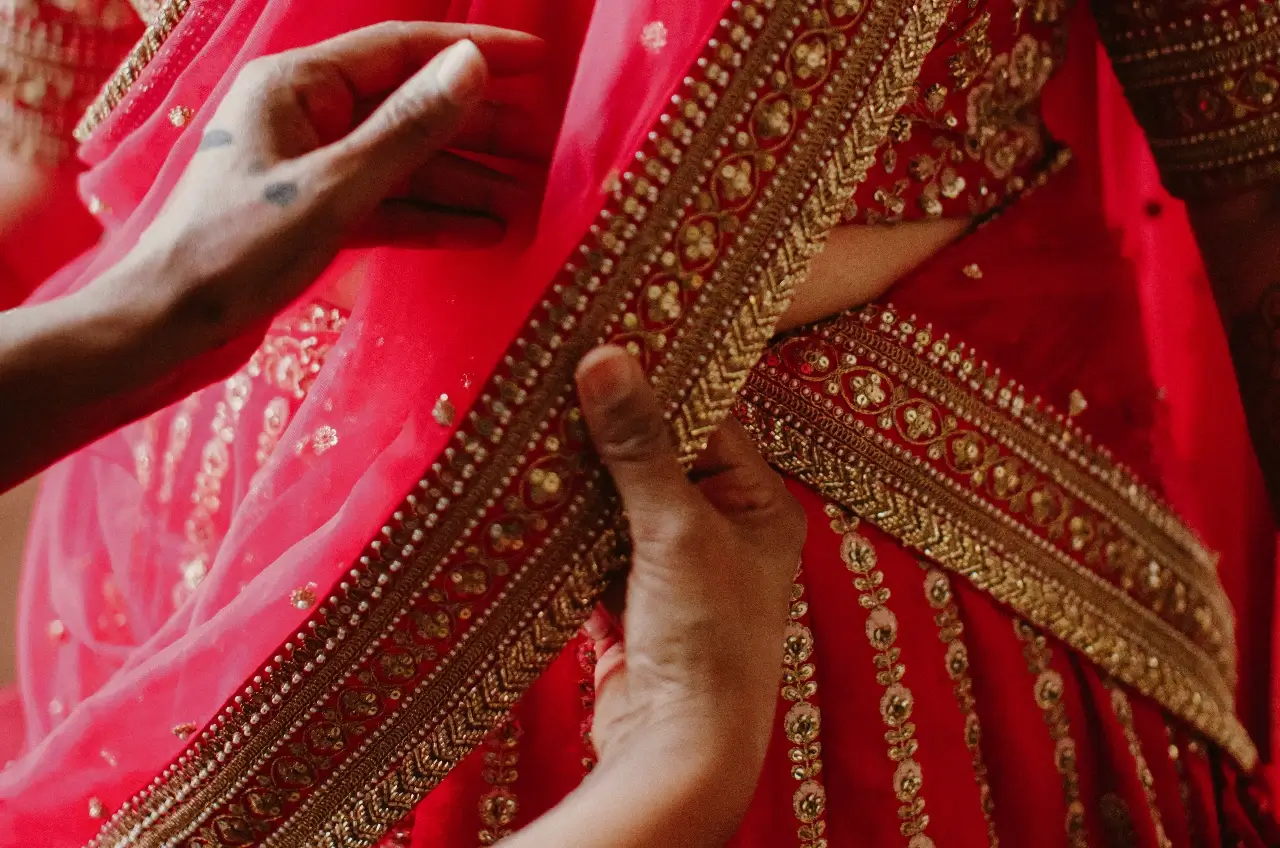
Web designers use programming and design talents to construct and develop websites. They are in charge of the visual aspects of a website, such as layouts, typography, graphics, and photographs. Their objective is to create an aesthetically stunning website that also operates well for consumers. They engage with customers to understand their website goals and generate concepts to match them. These individuals have technical capabilities, like programming languages, and frequently collaborate with developers to create the best possible user experience.

A communications manager oversees a company's image and promotes the organization's purpose or aims. They discover chances for a company's exposure, such as media opportunities or marketing initiatives. They design and generate promotional content for businesses, such as press releases, websites, and newsletters. Many communication managers employ their visual communication abilities to create one-of-a-kind marketing materials, such as interactive website content or aesthetically appealing social media postings.

Art directors supervise project design by offering feedback on artwork, pictures, and layout. They decide how to graphically portray an idea and transmit their vision to a team of designers. They can work on projects such as film or television, periodicals, video games, or commercials. In addition, art directors meet with customers directly to understand the project, develop creative concepts with their team, and offer their proposals to clients for approval.
| Semester 1 | Semester 2 |
|---|---|
| Design Drawing | Product Research |
| Design Concept | Design Thinking & Process |
| Communication & Presentation skills | Workshop |
| Design Workshop | Image Editing & Composition |
| Elements of design |
| Semester 3 | Semester 4 |
|---|---|
| Digital Methods I | Digital Methods II |
| Typography | Contextual Photography |
| Photography | History of Design/Visual Study |
| Workshop | Workshop |
| Analytical Drawing | Motion Graphics |
| Semester 5 | Semester 6 |
|---|---|
| Storyboard & Story telling | Internship (3 Months) |
| Workshop | Advertising Campaign Design |
| Basics of UI & UX | Print & Publication |
| Sound Editing & Design | |
| Cinematography |
Take the time to research different visual communications programs before applying to schools to help you choose one that meets your expectations and requirements. While most visual communications programs contain a variety of courses, students may typically adjust their course calendar to coincide with their employment aspirations. If you know what career you want to acquire after graduation, make sure you're taking classes in that field to develop relevant abilities. If you need help with what you want to do with your life, take a few courses in graphic design, advertising, and video editing to better understand the numerous fields of visual communication. These various courses help you determine which job route to pursue. Build a professional network while finishing a visual communications curriculum that will assist you beyond graduation. Please speak with a faculty mentor or trusted professor about your professional objectives and get guidance on achieving them.
Join a photography club or another group related to your interest area to meet other students with similar hobbies and career objectives. Engaging with instructors and other students might help you make contacts that can lead to future professional referrals or career prospects. While pursuing your visual communications degree, it is beneficial to conduct an internship to obtain professional experience and begin to construct a portfolio of work. Some bachelor's degree programs even require students to do an internship before they may graduate. Inquire with your faculty adviser or an internship coordinator about any business ties the school may have. Apply for internships in your field of interest, such as graphic design or website development, to hone your talents. Because of the growing popularity of digital media, visual communication is witnessing a rebirth. With technology growing at such a rapid rate, there are virtually limitless applications for visual communication. Visuals are crucial in expressing ideas and experiences, from online commercials to social media postings. We utilize graphics to communicate with one another nowadays through websites, social media postings, commercials, and other means. Visual communication will play a vital part in our society as technology evolves and advances. Visual communication has a promising future!
Parul institute of Design has offered a robust platform for me to develop my skills and recognise my true potential. The infrastructure for visual communications design and the facilities available have remarkably contributed to our experience.
The teaching staff and technical staff and their constant support has enabled me to gain various technical and practical skills. The constant exposure to industry experts and experienced personalities has been a life changing experience.
Industrial exposure in the form of exhibitions and shows where talents of students and other designers are showcased for everyone to see has been an important part of the journey during the visual communication design course. The exposure has enabled us to get ready for the real world.